Design of Tungsten Carbide Die for Small Connecting Plate
- Details
- Category: Tungsten Information
- Published on Thursday, 24 May 2018 22:52
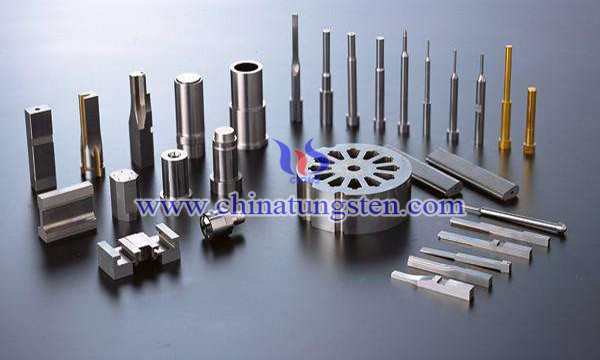
Leaching of Tungsten Carbide
- Details
- Category: Tungsten Information
- Published on Thursday, 24 May 2018 22:50
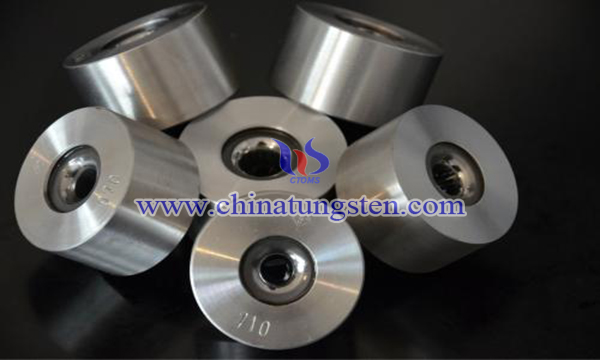
Analysis of Metallurgical Structure in Tungsten Carbide Die
- Details
- Category: Tungsten Information
- Published on Thursday, 24 May 2018 22:47
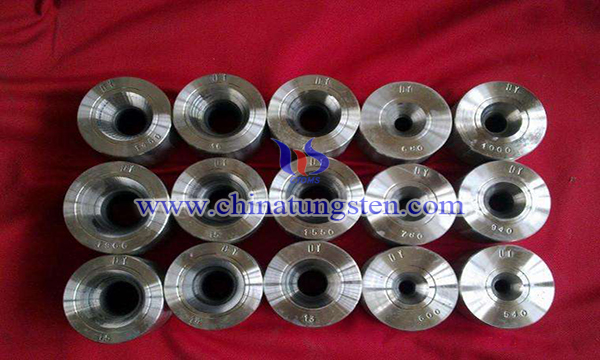
Hardness Analysis of Tungsten Carbide Die
- Details
- Category: Tungsten Information
- Published on Thursday, 24 May 2018 22:44
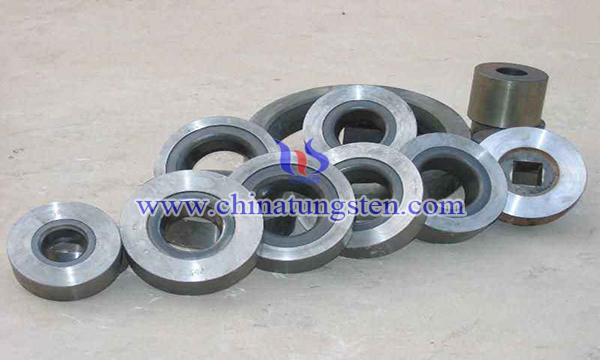
Tungsten Ores Directly Produces Coarse-Grain Tungsten Carbide
- Details
- Category: Tungsten Information
- Published on Sunday, 13 May 2018 22:21
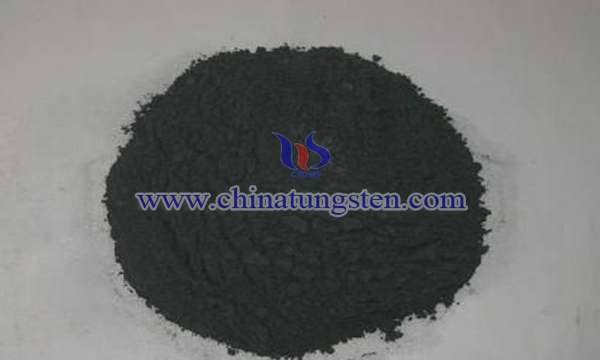
At present, 50 to 60% of the world's tungsten is used for the manufacture of tungsten carbide. Among them, rock drills in mining tools, three-cone drills in oil extraction, and coarse-grain tungsten carbide used in the hobs of tunnel shield machines account for a considerable part of tungsten carbide.
Sulfuric Acid-Phosphoric Acid Mixed System to Treat Wolframite
- Details
- Category: Tungsten Information
- Published on Sunday, 13 May 2018 22:10

At present, the main method of industrial decomposition of tungsten minerals is the NaOH decomposition process. This method must be used in extreme conditions (high temperature and high alkali) to realize the effective decomposition of tungsten ore. However, the acid decomposition method of tungsten ores has a very high thermodynamic reaction trend, but the decomposition is often incomplete due to the limitation of kinetics.
Iron and Nickel Replacing Cobalt
- Details
- Category: Tungsten Information
- Published on Sunday, 13 May 2018 22:00

With the rapid development of industrial technology, cemented carbide tool materials have been rapidly penetrated into all aspects of industrial production, gradually replacing the original high speed steel materials, and showing unparalleled excellent performance. The main component of cemented carbide is tungsten carbide (WC). Because cobalt powder has good wettability to tungsten, it usually uses cobalt as adhesive phase.
Recycle Process of Tungsten Tin Ore
- Details
- Category: Tungsten Information
- Published on Sunday, 13 May 2018 21:38

Tungsten tin ore is a brittle mineral. It is very easy to grind powder in the process of mineral processing, and the fine grain tungsten Tin Mineral Reseparation is difficult to be recycled. Therefore, it is very important to discuss the recycley process of tungsten ore. A few successful cases of tungsten tin mine recycley are listed for your reference.
Ore Dressing Method of Tungsten Tin Ore
- Details
- Category: Tungsten Information
- Published on Sunday, 13 May 2018 21:32
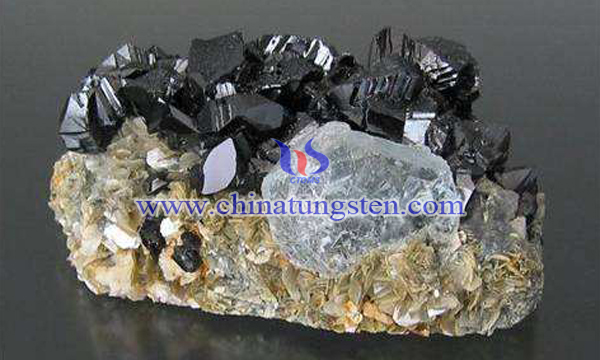
Tungsten tin ore is a brittle mineral. It is easily worn over powder during the process of mineral processing. It brings a lot of inconvenience to the process of mineral processing. In the tungsten tin symbiotic deposit, in order to recover tungsten and Tin Minerals, the original ore is usually removed to the basic monomer, and the jigger or spiral chute is used in advance to throw the tail.
Floatation of Complex Tungsten Ores
- Details
- Category: Tungsten Information
- Published on Sunday, 13 May 2018 21:27
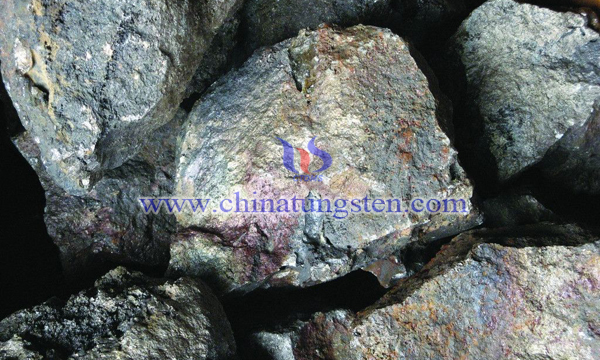
Complex tungsten ores usually refer to ores containing pyrite, antimony, titanium oxide particles, quartz, calcite, sericite, argillaceous material, and cryptic carbon. The separation of crystalline carbon, calcite and Scheelite from complex tungsten ores has always been recognized as one of the difficult problems in ore dressing, and it is also the main reason for this kind of tungsten ore to be difficult to use.


 sales@chinatungsten.com
sales@chinatungsten.com